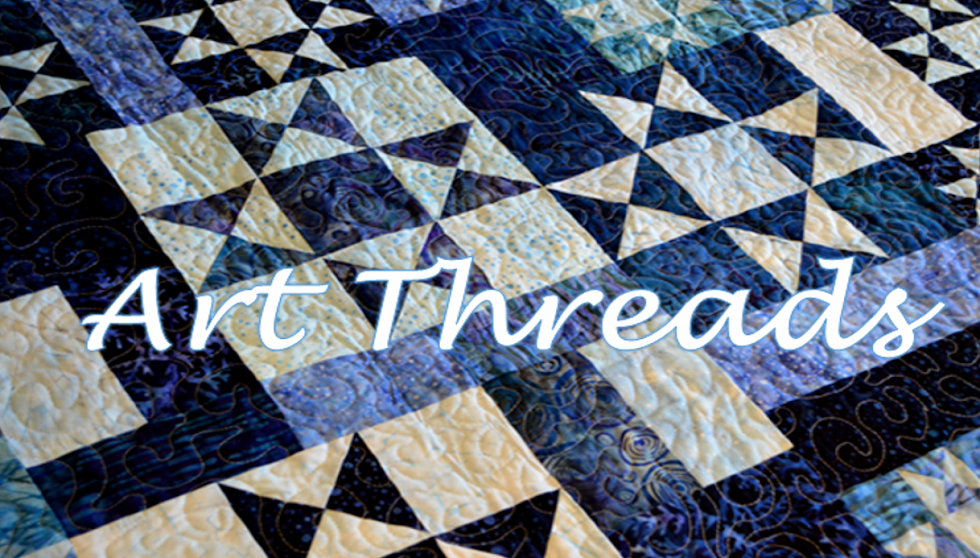Your Sewing Machine introduces the parts of a sewing machine and teaches you to sew straight and zigzag stitches.
Cleaning Your Machine covers machine maintenance.
Sewing Pillowcases teaches how to make your fabric piece even, sew and trim seams, and make a hem.
Sewing Pajamas teaches how to read the back of a pattern envelope, do basic fitting of pattern pieces, pin pattern pieces onto the fabric, and make an elastic waistband.
Invisible Zippers and Zippered Skirt cover putting in zippers.
Zippered Skirt also teaches how to do pleats and pockets.
Knit Fabrics goes over sewing with knits.
Bug Quilt goes through quilting basics.
Fat Quarters II show you how to do machine free motion quilting.
There are lots of fancy sewing gadgets out there - you will probably want to buy lots of them before you know it! These are what I consider the basics:
*Two pairs of scissors - one that will be used on fabric only. Paper dulls the cutting edge.
*Hem gauge - a ruler with a moving edge that helps with measuring.
*Measuring tape - longer and needed to measure yourself and fabric.
*Seam ripper - makes it easier to take out seams that didn't work out. Trust me - it will happen.
*Safety pin - hook on the end of elastic as a "handle" to pull elastic through tubes.
*Chalk and disappearing ink fabric marker - for marking on fabric.
*Assorted hand sewing needles
*Pins - I like to use the long quilting pins. They cover more area and are easier to find on the floor!
*Disappearing marking pen (usually found in the quilting section) and chalk for marking on fabric
I keep my thread and equipment in a box like this:
There are also really nice sewing boxes and good old shoe boxes.
You will also need an ironing board and steam iron. My trusty old iron of many years recently died and I had to replace it with one of the new irons loaded with irritating safety features. The ones that bother me the most are the short cords and the 15 minute automatic turn-off. To restart my iron, I have to unplug it and then plug it in again. So ... my wonderful husband hooked a powercord to my ironing board with zip ties.
 | |
| View from underneath my ironing board. |
 |
| View from the top of my ironing board, with the padded cover lifted up. |


